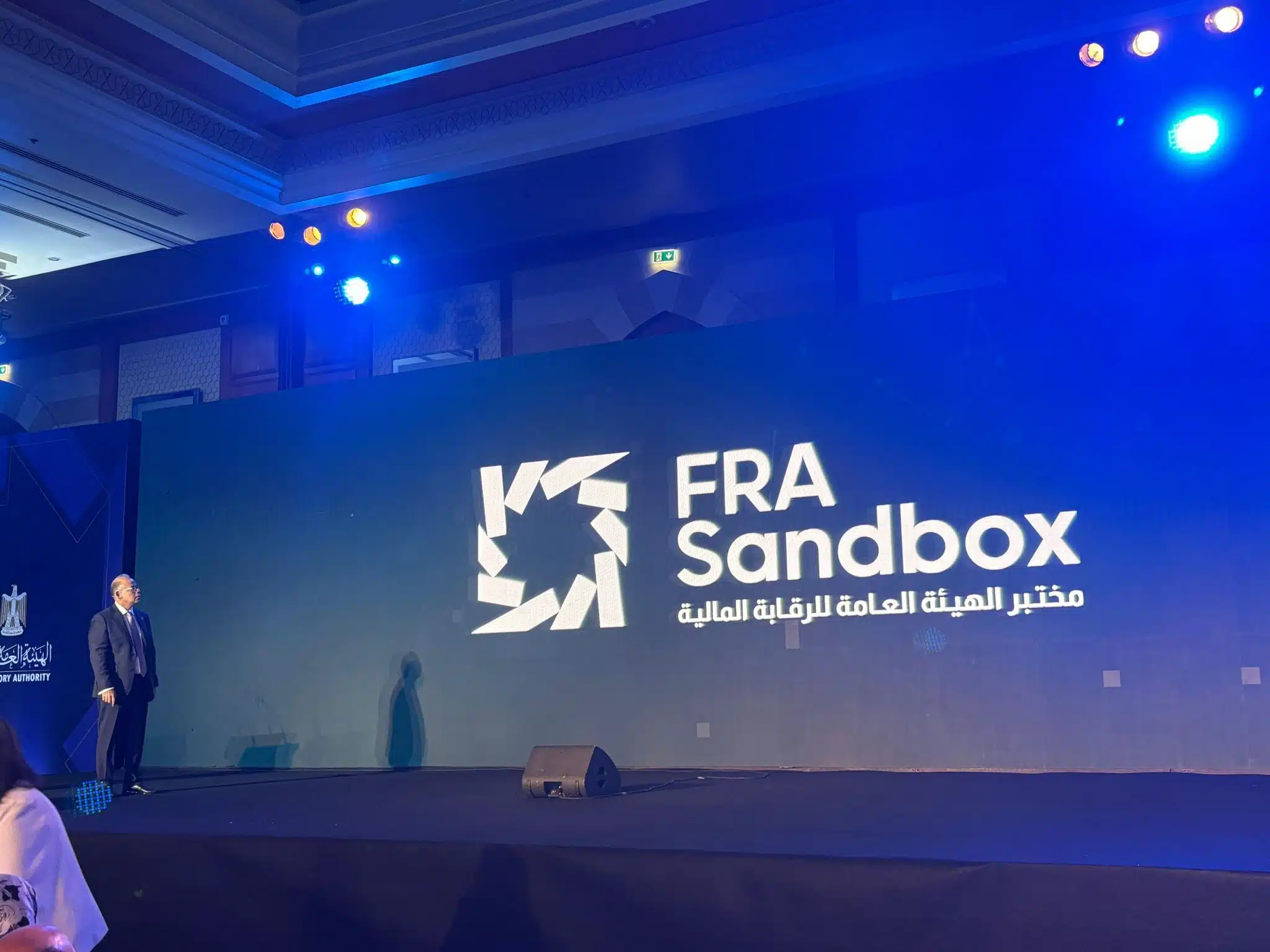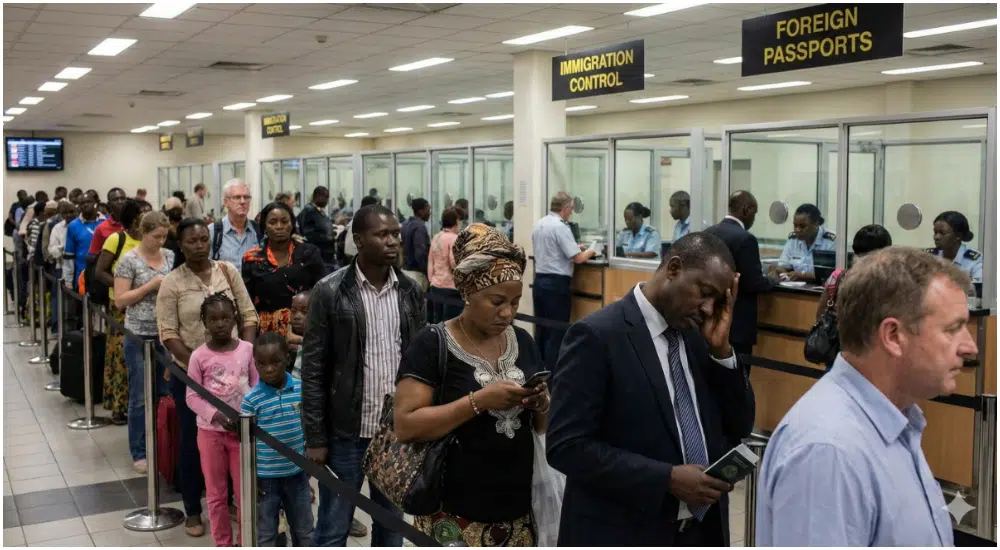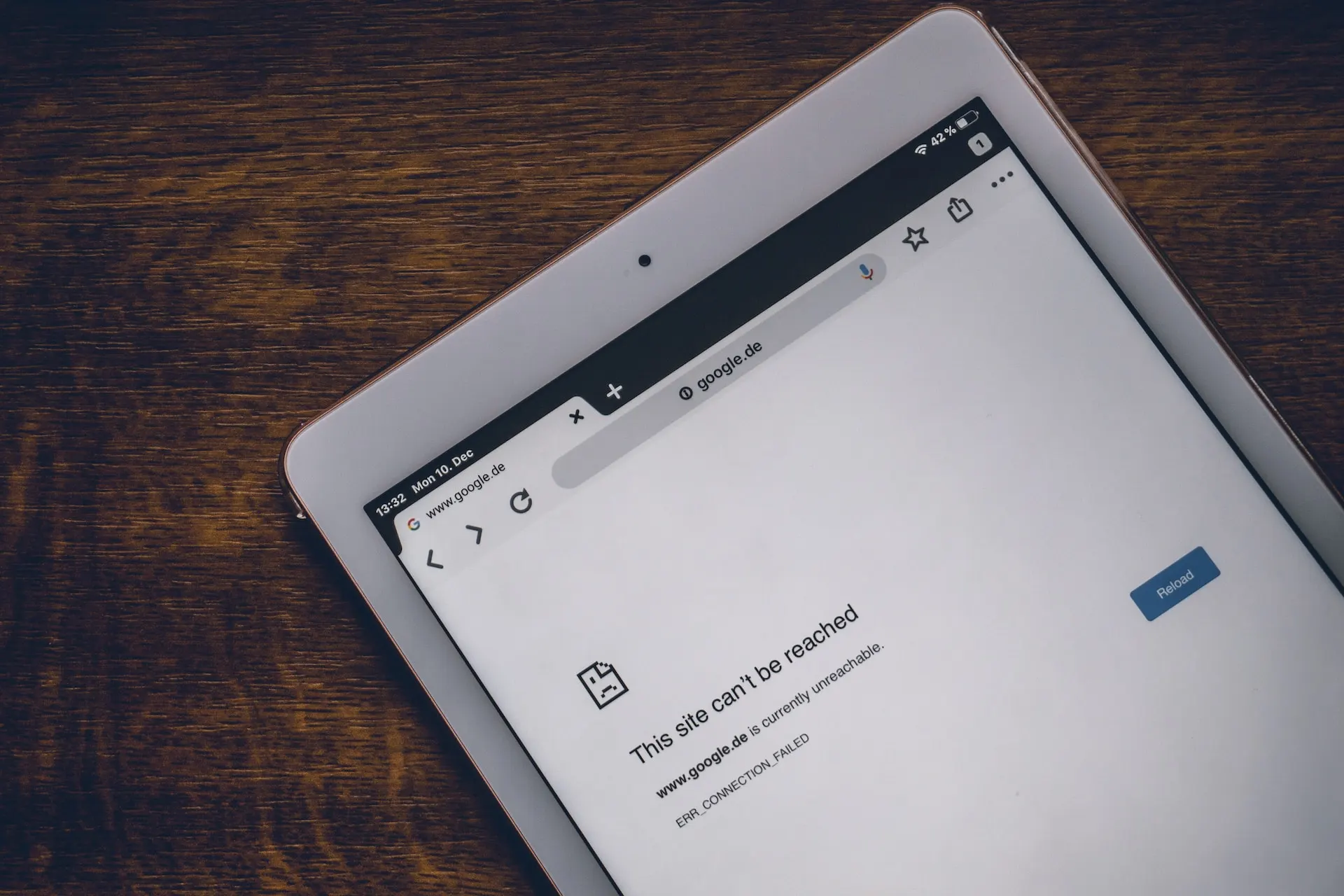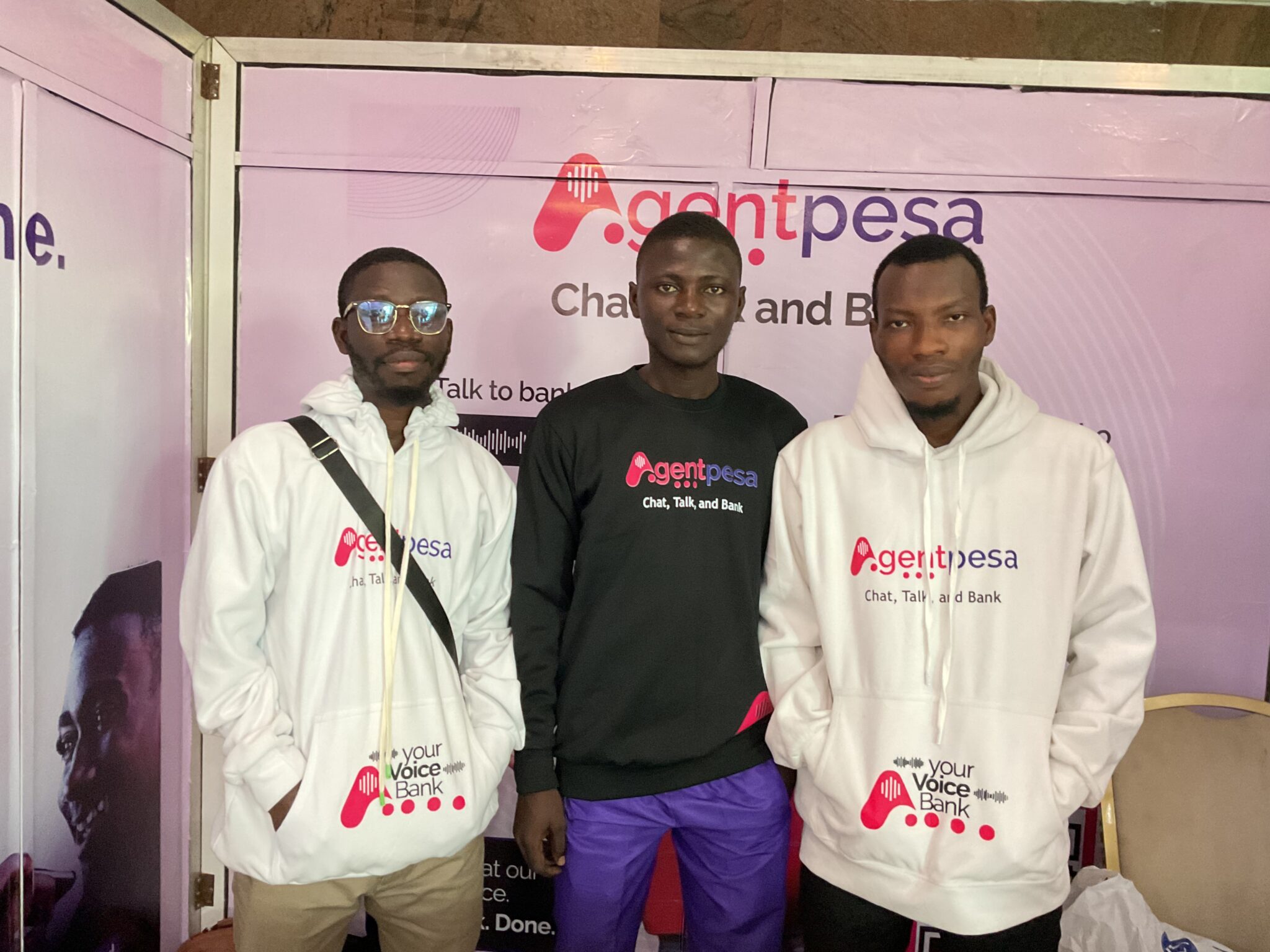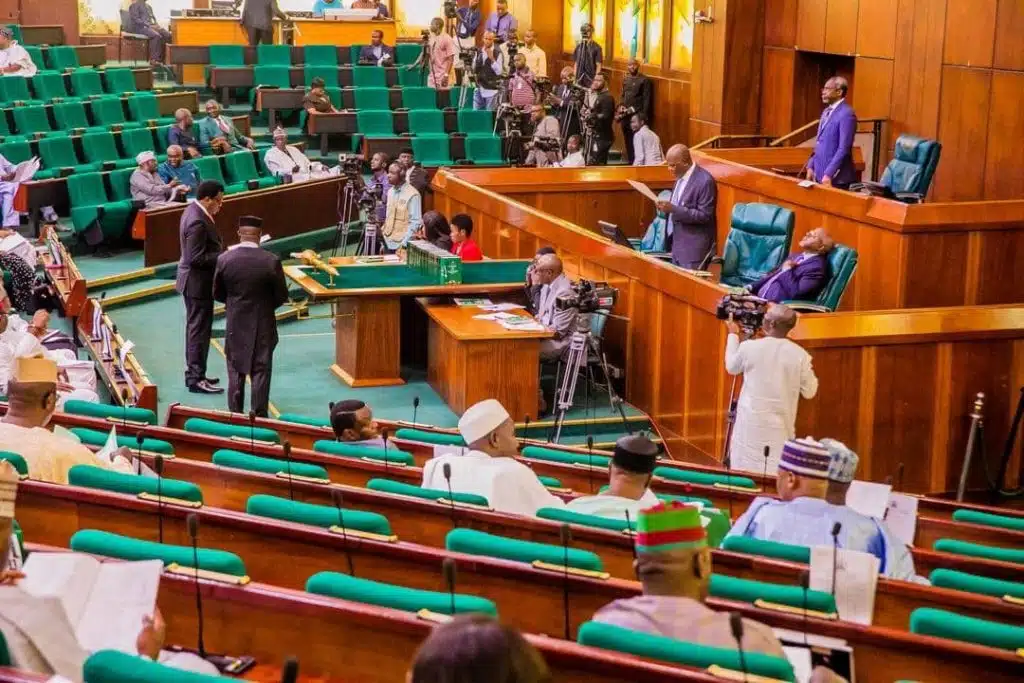On Wednesday, July 23, 2025, the Financial Regulatory Authority of Egypt (FRA) introduced the FRA sandbox, the country’s first regulatory sandbox for non-banking financial services (NBFS), during the FRA Fintech Forum held in Cairo.
At the event, Dr Mohammed Farid, Chairman of the FRA, emphasised that over 60 countries have launched digital finance regulatory platforms, highlighting the need for Egypt to keep pace with these advancements.
With the Central Bank of Egypt (CBE) primarily overseeing the banking sector, the FRA sandbox aims to focus specifically on the non-banking financial sector.
Here are five questions about the FRA sandbox, eligible businesses, and what participants can expect.
1. What is the FRA sandbox, and what does it cover?
The FRA sandbox is designed to foster innovation in the non-banking financial sector by allowing fintech businesses to test their products and services in a controlled environment under the FRA’s supervision.
It provides a testing ground for fintech startups and financial institutions to experiment with new business models, products, and services that may face regulatory uncertainty or stringent authorisation requirements.
Established under Law No. 5 of 2022, which governs the use of financial technology (fintech) in non-banking financial activities, the sandbox aims to strike a balance between innovation and regulatory compliance while protecting consumers.
Its focus is on non-banking financial services, including capital markets, insurance, mortgage finance, financial leasing, factoring, and securitisation.
“Because of the fast-paced technology era that we’re in, it is hard for the regulators to keep up with any new ideas, so we’re taking in these ideas. We currently do not have predetermined regulations for fintech ideas in place in Egypt.
“The whole point is that they can start operating under our supervision so that we can assess how we can create regulations to fit them specifically so they can start operating fully in the real market.” Farah AbdelKader, Business Development and Operations Specialist at the FRA Sandbox, tells Techpoint Africa.
She further states that through the FRA, these businesses can operate without stringent regulations until further studies are conducted to assess their risks and impacts, as well as how they can be effectively managed within Egypt’s non-banking financial sector.
2. Who is eligible for the sandbox, and how can they apply?
Application is open to all players (authorised and unauthorised firms) in the non-banking financial sector, regardless of their status or size. The non-banking financial sector covers companies that offer financial services but aren’t licensed as deposit-taking banks, including payment service providers, fintechs, and loan/finance companies, among others.
The FRA Sandbox is open to local, regional, and international NBF providers that meet specific criteria, including having a well-developed business plan, clear objectives, KPIs, and solutions that promote digital transformation and financial inclusion in Egypt.
Applicants must present these criteria tailored to the non-banking financial markets in Egypt, and their solutions must align with Egypt’s Vision 2030.
Companies applying to the FRA sandbox must have a physical presence in the country. Applications for the FRA sandbox are submitted through its official website and will be reviewed by the FRA.
Nesba is the first company to participate in and benefit from the Regulatory Guidance Service, an important offering within the FRA Sandbox services. Meanwhile, companies such as Thndr are already operating under the FRA.
Additionally, the FRA sandbox has signed Memorandums of Understanding (MoUs) with firms including AUC Venture Lab, Techne, Mercatura Forum, Tech Fin, and Plug & Play Egypt to create a collaborative ecosystem of mentors, resources, and networks.
3. What are the benefits of joining the FRA sandbox?
The FRA provides guidance to help fintechs navigate legal, regulatory, and compliance matters, allowing them to focus on their core offering while ensuring market stability.
Fintech companies and other non-bank financial institutions (NBFIs) can test their solutions for a limited period, depending on the product’s nature. This testing is conducted under pre-agreed parameters to mitigate risks to the financial system and protect consumers.
Successful testing may lead to full regulatory approval for non-banking financial products or services to operate fully in the market. The FRA sandbox also helps NBF companies to meet the compliance standards for market entry.
The FRA offers a temporary licence (up to 2 years) and may exempt firms from licensing fees (capped at EGP 50,000), providing a cost-effective testing environment.
“The capital for the licence is too much for startups, so what we do is we give them reduced capital for these regulations. While they reach that capital, they can operate for two years.” AbdelKader says.
“But we have complete authority, complete supervision, since we don’t fully trust the idea yet, so to protect the market, we will put it in the market, but for the period they’re operating under us.”
Aside from these perks, the FRA sandbox also supports companies financially through its fintech market.
“In a case where any small fintech startup needs financial help, it provides a list of all startups in need of that capital and a list of VCs they can connect with. If you have an idea submitted on the fintech market, even if it’s not fully doable yet, VCs can reach out and may start investing.” AbdelKader adds.
Unsuccessful applicants receive feedback to refine their solutions or may need to adjust to meet regulatory standards.
“If you don’t meet the criteria for the sandbox, we also offer regulatory guidance where you can sit down with experts from the FRA, and they will tell you what you need, where to go, so that your idea can meet the criteria that we need.”
The FRA sandbox also partners with experts, accelerators, and incubators to run hackathons and innovative programmes, one of which is its World’s Computer Hacker League, where developers build new apps using a blockchain platform called the Internet Computer Protocol (ICP).
4. What happens during and after testing in the FRA sandbox?
The testing phase is a closely monitored period where the applicant’s product is evaluated, typically between six and twelve months after the company registers.
After applying, the company is referred to a specialised committee for the sandbox, and is assigned a case officer who provides expert guidance and supervision throughout the period under the sandbox.
Once admitted into the sandbox, the firm can start operating under the perks of the FRA sandbox.
During the testing period, the company is required to collect specific quantitative and qualitative data, which includes key performance indicators (KPIs), customer feedback, complaints, and challenges. This information must be submitted regularly to the FRA sandbox.
The six to twelve months of testing include the technical testing, where the technical team tests the product while it is live in the market. While it is live, the product/service will have limited access.
Subsequently, the product will undergo a risk management assessment, which will evaluate its impact on the market, the demand for it, and whether it falls within the FRA’s scope.
“We have to also make sure there’s consumer protection, and we test that the plan is going as we agreed. If, after three months, we see that the company is not providing what it says it will provide, then we’ll have to stop and reassess.
“It’s basically assessing everything from A to Z so that once that product goes into the market, it will not have any negative effect on the consumers.” AbdelKader says.
The testing period allows the FRA to use the data and experience to understand the new technology better and its implications on the market. This helps the regulator develop evidence-based policies and determine if existing regulations need to be adapted.
Once the testing stage is completed, a final evaluation is done. If the FRA deems fit, the successful company can then exit the sandbox and start operating within the existing regulatory framework.
On the other hand, if the product shows strong potential and is beneficial to the market, but still requires additional work or further assessment from both the sandbox and the company, then the timeframe could be extended.
However, the sandbox can reject a company if the idea or product is not beneficial to the market or if the risks are too high for such a product, and they will exit the sandbox with no licence.
5. How is the FRA sandbox different from the CBE sandbox?
Egypt’s FRA Sandbox and Central Bank of Egypt (CBE) Sandbox are regulatory frameworks designed to foster fintech innovation in a controlled environment, but they differ in scope, focus, and regulatory oversight.
While the FRA Sandbox supports innovation in non-banking financial services, the CBE Sandbox focuses on banking and payment solutions. Both frameworks aim to reduce regulatory barriers, promote financial inclusion, and align with Egypt’s Vision 2030 for economic growth.
Unlike the CBE Sandbox, which focuses on banking and payment solutions (e.g., mobile payments, digital wallets), the FRA Sandbox is tailored to non-banking financial innovations.
However, firms offering banking-related services, like peer-to-peer lending, may need CBE approval instead.

